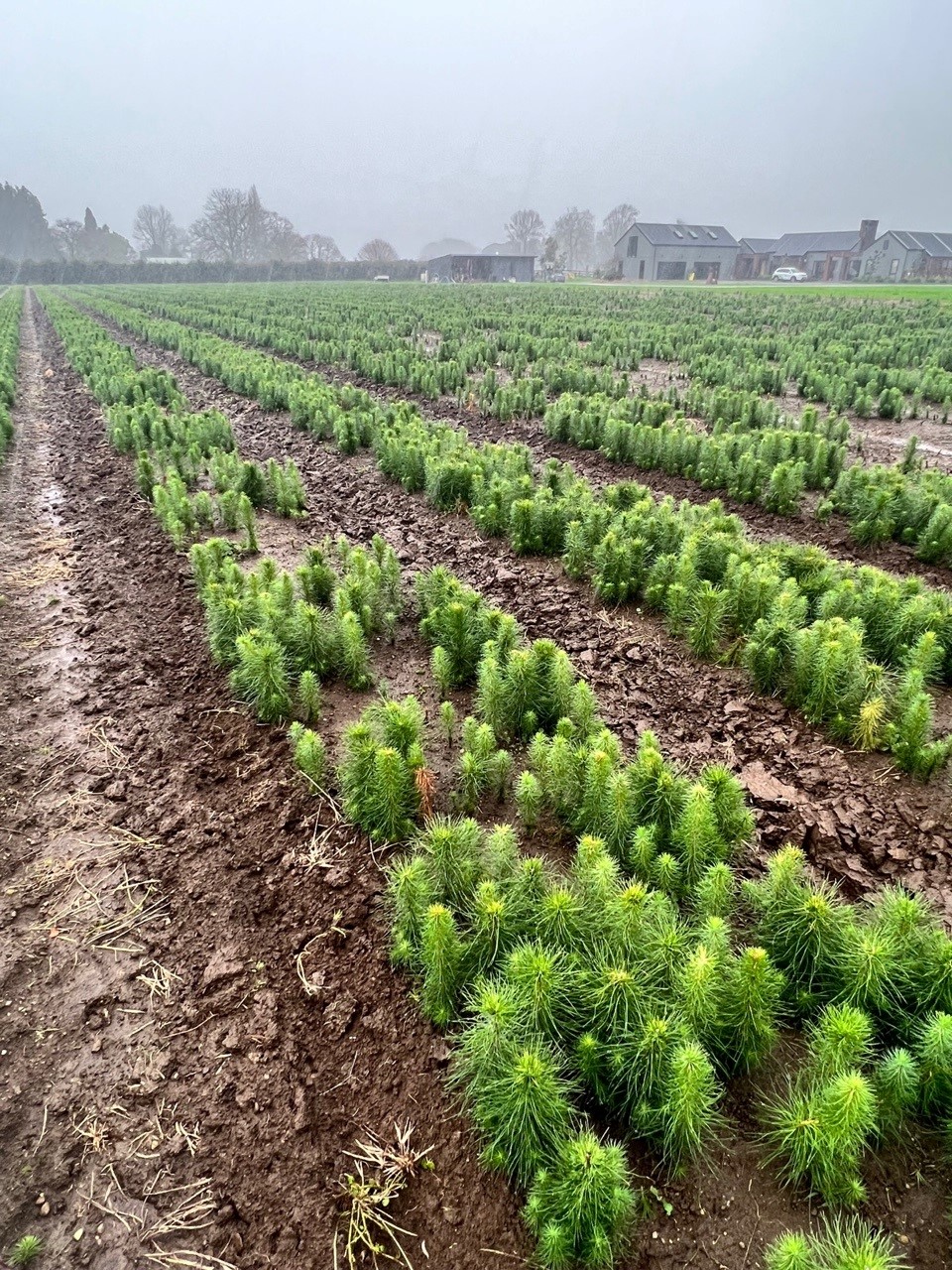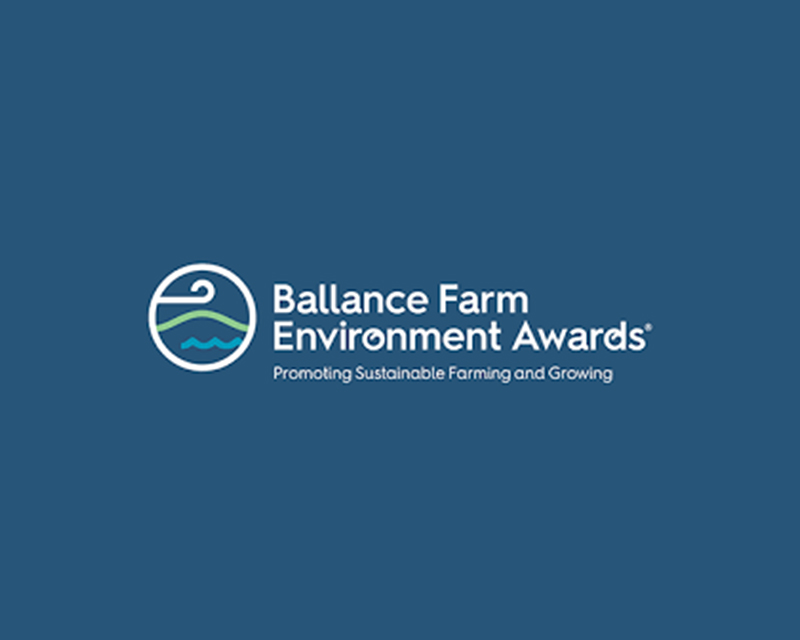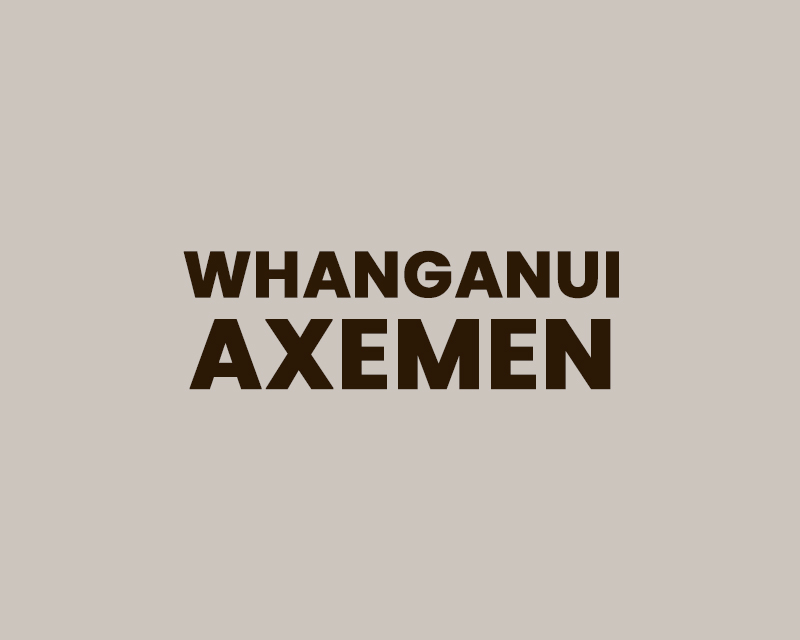
Carbon Accounting Categories – Risks and Benefits
There are risks and benefits which need to be considered when choosing which carbon accounting method might be right for each area of your forest.
Areas entered into the ETS prior to 1 January 2019 must remain in the sawtooth carbon accounting category. However, areas registered between 1 January 2019 and 31 December 2022 can elect to stay in the sawtooth category or move to the averaging or permanent categories. This may mean you may only be able to choose a different category for some areas within your registration, or you may not have any choices to make.
If you want to elect to move areas into averaging, there is a one-off opportunity to do this. If you don’t switch to averaging before 30 June 2023, then you must continue to use sawtooth (stock-change) carbon accounting for your forest. There is also an option to elect to move your forest into the permanent category, available from 1 January 2023.
Under all carbon accounting categories, the adverse effects clause will apply. This means that if your forest is affected by an adverse event, no surrender liability exists as long as the forest is replanted. You will not be able to earn units on the affected area until the new trees reach the same age as the trees which were removed.
If your forest has a combination of averaging and sawtooth carbon accounting for the upcoming Mandatory Emissions Return (MER), then you will need to submit a return for each accounting method. The emissions return for your CAAs registered under averaging must be submitted first.
Sawtooth Carbon Accounting
This category has benefits for second rotation or older forests as units can be earned on multiple rotations. For the oldest ETS registered forests, usually all units need to be surrendered at the time the forest is harvested. If you complete you MER using this method, then you will be unable to elect to more areas to averaging.
Risks:
- Carbon accounting is more complicated, and carbon losses must be accounted for.
- Trading units carries more risk as a ‘buyback’ could result in material financial loss.
- A lower volume of ‘safe’ NZUs on a per/ha basis.
Benefits:
- Carbon is allocated for every year that the forest is growing and sequestering carbon.
- Carbon will continue to be allocated on subsequent rotations.
- At an estate level, this category can generate ‘safe’ units where zero exist on a CAA basis.
Averaging Carbon Accounting
If you elect to move areas to averaging carbon accounting, this will apply to the whole of compliance period 3 (2018-2022). The table below shows the assumed harvest and average ages, provided by MPI. Averaging carbon accounting can only be applied to first rotation forests which have not yet reached their average age.
Under averaging, once the forest reaches the average age the forest type is ‘locked in’ and any changes made for the second rotation will not be accounted for i.e., changing the species.
| Species | Assumed Harvest Age | Average Age | Carbon allocation/ha |
| Pinus radiata | 28 | 16 | 398NZU |
| Douglas fir | 47 | 26 | 436NZU |
| Exotic softwood | 40 | 22 | 283NZU |
| Exotic hardwood | 21 | 12 | 320NZU |
| Indigenous | 50 | 23 | 194NZU |
Table 1: Average assumed harvest age and average age for each forest type, provided by MPI.
Risks:
- No carbon is allocated after the average age is reached, or on subsequent rotations.
- If the second rotation is longer than the first, no additional units will be allocated.
Benefits:
- No surrender obligations at harvest, provided the forest is replanted and remains within the ETS.
- Reduced administrative requirements for participants.
- Units can be traded with less risk, provided the forest remains in the
- Flexible harvesting
- For a Pinus radiata example, if the trees are harvested between 25 & 35 years of age, the carbon allocation is not affected.
- Harvesting can occur at a different ages in subsequent rotations without units needing to be surrendered.
Permanent Carbon Accounting
Permanent forests must be grown for a minimum of fifty years. If the forest is harvested before this period, penalties apply which are set for each forest type. If the forest is harvested after the fifty-year period, units must be surrendered back to the average age for that forest type. Selective harvesting can take place, provided 30% canopy cover is maintained in each hectare and the Forest Land Definition (FLD) still met.
If you are currently registered in the PFSI and do not apply to move into the ETS between 1 January 2023 and 31 December 2023 then your eligible forest land will be moved into the permanent category. For PFSI forests, the 50-year period starts from the date the forest sink covenant was registered. If you move PFSI forest land into averaging carbon accounting and later want to elect to move into the permanent category, the same rule applies provided the forest has never been clear-felled.
Risks:
- Clear-felling for harvest or clearing vegetation for other reasons carries substantial penalties.
- Clearing will need to be accounted for in emissions returns if the canopy cover drops below 30%.
- Committing to growing a forest for 50-years reduces land use optionality.
Benefits:
- Full allocation of units each year while the forest is growing and sequestering carbon.
- Potentially more valuable NZUs acknowledging ‘permanent’ carbon storage.
- Could be considered a way to prevent future landowners clearing vegetation.













